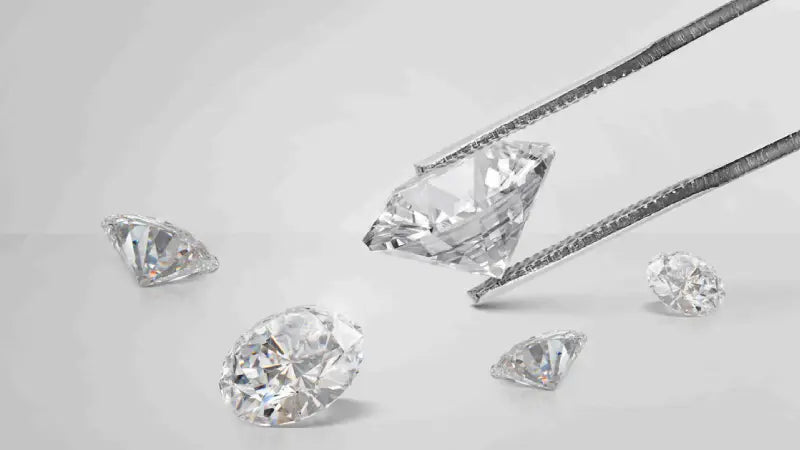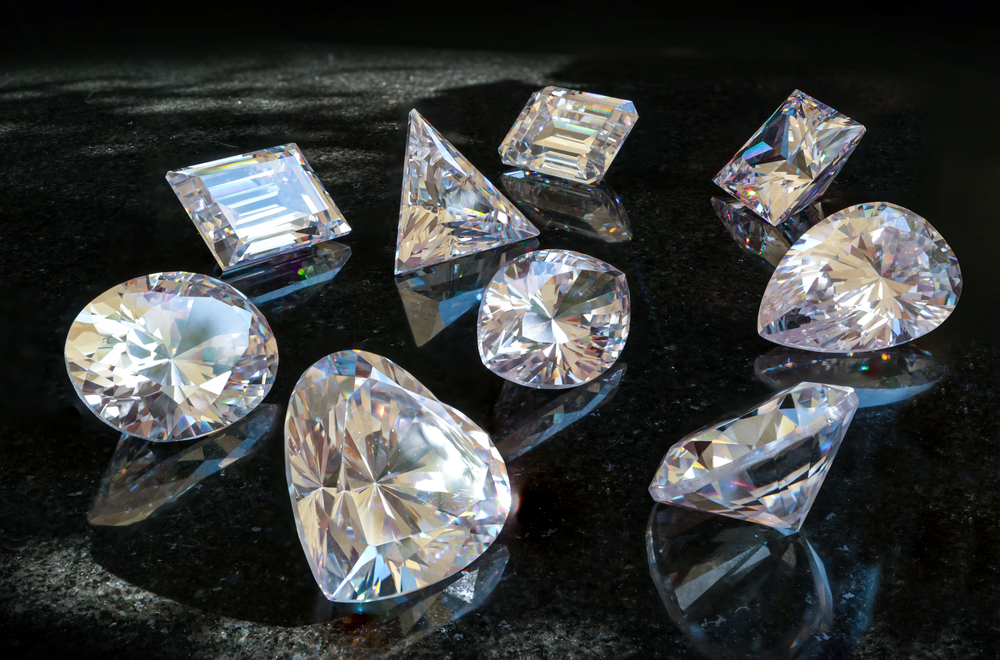
As man-made diamonds continue to grow in popularity, it’s important to understand the different methods used to create them. The two most commonly used techniques for producing man-made diamonds are High Pressure High Temperature (HPHT) and Chemical Vapor Deposition (CVD). Both methods involve simulating the natural diamond creation process, but they do so in very different ways. In this article, we will explore the differences between hpht vs cvd, how they work, and the impact each has on the final product.
Table of Contents
ToggleWhat is HPHT?
High Pressure High Temperature (HPHT) is one of the oldest and most widely used methods for creating man-made diamonds. The process mimics the extreme heat and pressure conditions that naturally occur deep within the Earth’s mantle, where natural diamonds are formed over millions of years.
In the HPHT method, a small diamond seed (a tiny fragment of a diamond) is placed in a chamber, along with a carbon source such as graphite. The chamber is subjected to extremely high temperatures (about 1,300-1,600°C) and high pressure (about 5-6 GPa). These conditions cause the carbon atoms to bond with the seed, forming a larger diamond crystal over time.
The HPHT process can take several weeks to produce a diamond, and it is most commonly used to create colorless diamonds, although diamonds of various colors can also be produced. This method is often used to replicate the conditions under which natural diamonds are formed, and HPHT diamonds can have a very similar appearance and structure to natural diamonds.
What is CVD?
Chemical Vapor Deposition (CVD) is a newer and more advanced technique for growing man-made diamonds. Unlike HPHT, which relies on extreme pressure and heat, the CVD process involves a gas mixture that contains carbon, such as methane, which is introduced into a vacuum chamber. The chamber is heated to around 800-1,200°C, and a plasma is created, breaking down the gas molecules. This causes carbon atoms to precipitate and bond with the diamond seed, allowing the diamond to grow layer by layer over time.
The CVD method offers more precision in the diamond’s growth, as it allows for better control over factors such as color, size, and clarity. As the diamond forms in a controlled environment, CVD diamonds are often of higher quality and purity compared to HPHT diamonds. This method can also produce diamonds in a range of colors, including those with hues like pink, blue, and yellow.
The CVD process can take several weeks to several months to produce a finished diamond, depending on the desired size and quality. However, the controlled environment allows for a more consistent and predictable outcome compared to the HPHT process.
Key Differences Between HPHT and CVD
1. Creation Process:
The most obvious difference between HPHT and CVD is the method of diamond creation. HPHT diamonds are created by subjecting a carbon source and diamond seed to extreme heat and pressure, replicating the natural conditions under which diamonds form in the Earth. In contrast, CVD diamonds are created by using a gaseous mixture of carbon, which is broken down in a vacuum chamber and deposited onto a diamond seed to grow the diamond.
2. Diamond Quality and Purity:
In terms of diamond quality, CVD diamonds tend to have a higher level of purity due to the precision of the process. Since CVD diamonds are grown in a controlled environment, they are less likely to have inclusions or impurities. On the other hand, HPHT diamonds can sometimes have more imperfections, as the process is more similar to natural diamond formation, which is inherently unpredictable.
However, HPHT can be used to treat certain types of diamonds, improving their color and clarity by using a process called “HPHT treatment.” This is often used to enhance the color of diamonds, especially those that are yellow or brown, to make them appear more colorless.
3. Time and Efficiency:
HPHT diamonds typically take a shorter amount of time to produce compared to CVD diamonds. The HPHT process can take several weeks to form a diamond, while CVD diamonds may take several months, depending on the desired size and quality. However, CVD diamonds offer more control over the process, leading to potentially higher-quality diamonds in the long run.
4. Diamond Colors:
Both HPHT and CVD can produce diamonds in a variety of colors, but CVD diamonds tend to offer more versatility when it comes to producing colored diamonds. The CVD method can create diamonds in a wider range of colors, including rare shades like pink, blue, and green, with high precision. HPHT diamonds, on the other hand, are more commonly associated with colorless or near-colorless diamonds, although some yellow or blue diamonds can also be produced using this method.
5. Cost and Affordability:
In terms of cost, HPHT diamonds tend to be less expensive than CVD diamonds. This is due to the shorter production time and the more traditional nature of the HPHT process. However, CVD diamonds can be priced higher due to the longer creation process and the precision involved. For buyers looking for specific characteristics such as unique color or higher clarity, CVD diamonds might be a better investment.
6. Applications:
Both types of diamonds have similar uses in jewelry, but HPHT diamonds are often used for industrial purposes due to their ability to be produced more quickly and at a lower cost. CVD diamonds, with their higher purity and precision, are man made diamonds for fine jewelry, engagement rings, and other high-end applications where quality is paramount.
Conclusion: Which Method Is Better?
The choice between HPHT diamonds and CVD diamonds ultimately depends on the buyer’s preferences and budget. HPHT diamonds are created more quickly and tend to be more affordable, making them an attractive option for those looking for a cost-effective yet high-quality diamond. On the other hand, CVD diamonds offer greater control over the growth process, leading to higher purity and a wider range of color options. These diamonds are often preferred for those seeking more customization and higher-end quality.
Both methods produce man-made diamonds that are virtually identical to natural diamonds in terms of appearance, hardness, and durability. Regardless of whether you choose HPHT or CVD, you’re sure to find a beautiful, high-quality diamond that fits your personal taste and ethical values.







